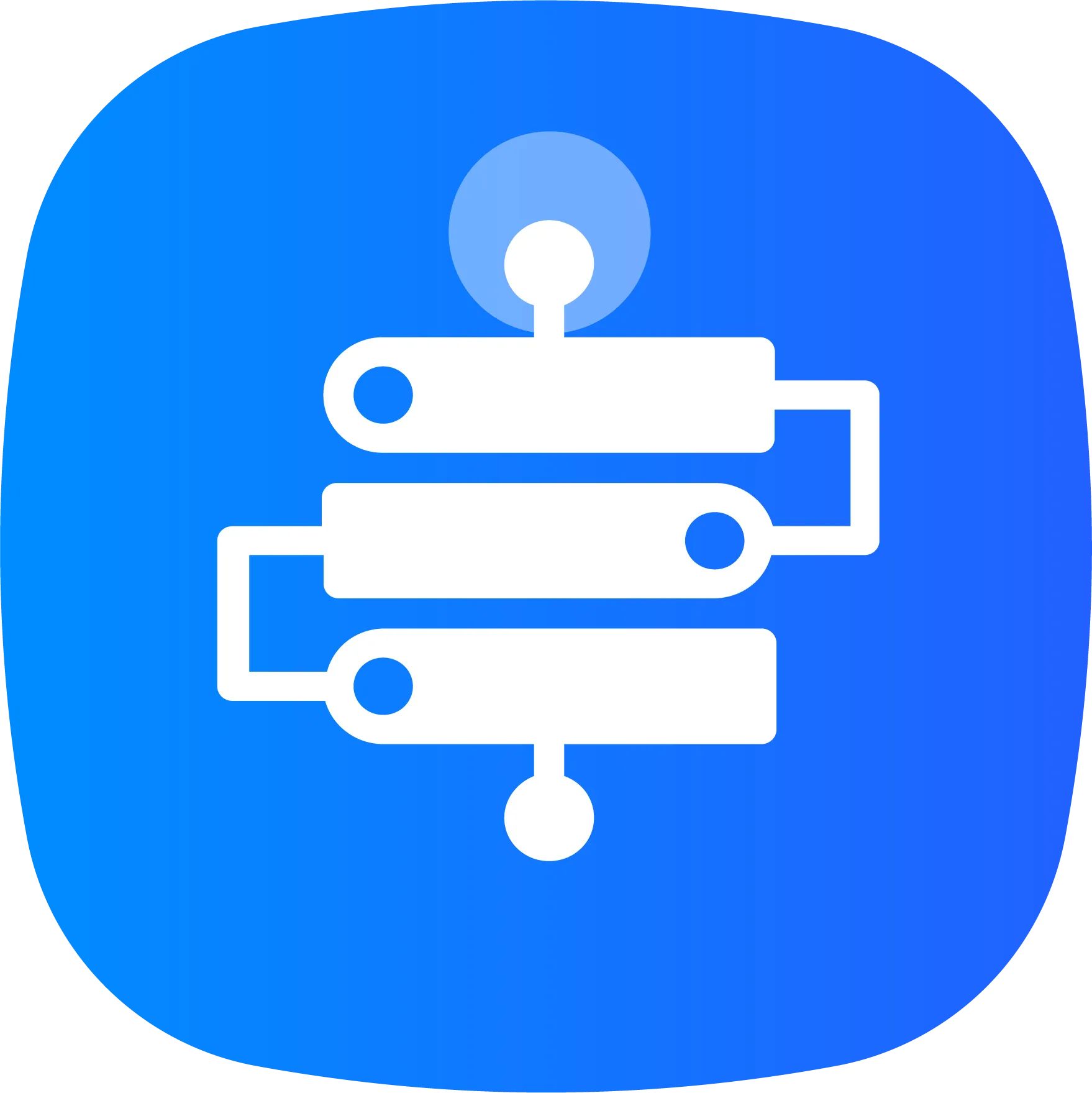Global IT supply chain
International transportation + IT O&M outsourcing + self-owned backbone network
Here’s the list of technologies commonly involved in a cloud gaming full-stack service:
Cloud Computing: Cloud gaming relies on cloud computing platforms to provide computational and storage resources. Popular cloud computing platforms include Amazon AWS, Microsoft Azure, and Google Cloud.
Virtualization Technology: Cloud gaming typically utilizes virtualization technology to isolate game execution environments and run them on cloud servers. This allows multiple users to run different game instances on the same server simultaneously.
Bandwidth Optimization: To deliver low-latency and high-quality gaming experiences, cloud gaming requires bandwidth optimization techniques. This includes video encoding and compression algorithms to reduce data transmission, as well as content delivery networks (CDNs) to accelerate data delivery.
Real-Time Video Streaming: Cloud gaming needs to stream game visuals in real-time to users’ devices. This involves using video encoding and streaming protocols (such as H.264, H.265, WebRTC) to achieve efficient video transmission.
Responsive Input: Cloud gaming requires real-time transmission of user input back to the cloud server and streaming of game responses back to the user’s device. This necessitates low-latency network transmission and input handling techniques to ensure immediate user actions are reflected in the game.
Cloud Storage: Cloud gaming stores users’ game data and settings in the cloud, allowing users to access their game progress from any device. Cloud storage technologies, such as cloud databases and distributed file systems, are used to provide reliable data storage and synchronization.
Game Streaming Adaptation: To accommodate different device hardware and network performance, cloud gaming employs game streaming adaptation techniques. This can include dynamic graphics rendering, resolution and frame rate adaptation, to deliver consistent gaming experiences across various devices.
User Authentication and Payments: Cloud gaming services need to implement user authentication and payment functionalities to manage user access and facilitate game monetization. Common technologies include authentication mechanisms, token management, and integration with payment gateways.
These technologies represent only a portion of the full-stack services in cloud gaming, and the specific implementation may vary depending on the service provider and platform. Different companies and products may use different combinations of technologies to meet their specific needs and goals.

International transportation + IT O&M outsourcing + self-owned backbone network

Cellular chips + overseas GPS + global acceleration network

Overseas server room nodes + dedicated lines + global acceleration network

Global acceleration network + self-developed patented technology + easy linking

Global Acceleration Network + Global Multi-Node + Cloud Network Integration


